Rachel Knowles's Blog, page 11
October 19, 2017
The notorious Lady Craven, Margravine of Brandenburg-Ansbach-Bayreuth
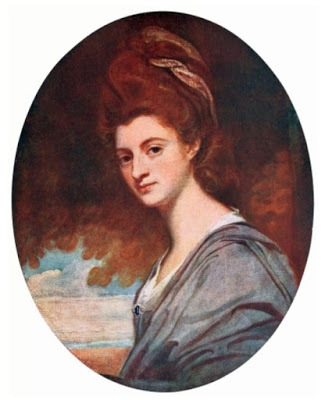 Lady Craven by Romney
Lady Craven by Romneyfrom Romney by R Davies (1914)Profile
Elizabeth, Margravine of Brandenburg-Ansbach-Bayreuth, previous married name Lady Craven (17 December 1750 – buried 13 January 1828), was a playwright and author, notorious for her scandalous affairs during her first marriage to Lord Craven.
Early years
Elizabeth Berkeley was born on 17 December 1750, the youngest daughter of Augustus Berkeley, 4th Earl of Berkeley, and his wife, Elizabeth Drax of Charlborough in Dorset.
The infamous Lady...
Published on October 19, 2017 06:53
October 6, 2017
St James's Palace in Regency London
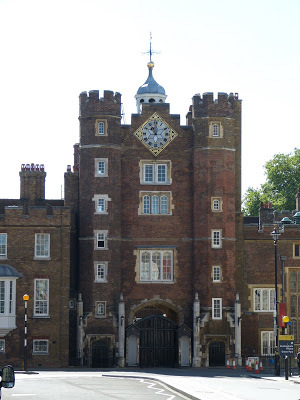 St James's Palace, London, todaySt James’s Palace is a royal palace in London with its main entrance opening onto Pall Mall.
St James's Palace, London, todaySt James’s Palace is a royal palace in London with its main entrance opening onto Pall Mall. History of St James’s Palace
St James’s Palace is built on the site of a lepers’ hospital. Henry VIII acquired the land in 1531 and built the palace in the years that followed, naming it St James after the saint to whom the hospital was dedicated. He pulled down the hospital, with the exception of the chapel, and erected a red-brick Tudor palace, and enclosed the ne...
Published on October 06, 2017 02:37
September 19, 2017
Covent Garden Theatre burns down 20 September 1808
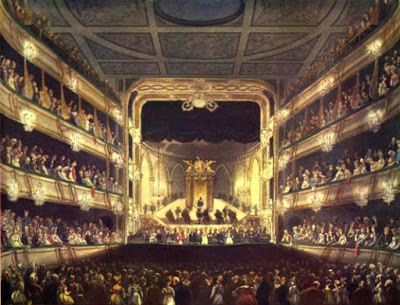 Theatre Royal, Covent Garden, from The Microcosm of London Vol 1 (1808)The Theatre Royal, Covent Garden, was completely destroyed by fire in the early hours of the morning of 20 September 1808.
Theatre Royal, Covent Garden, from The Microcosm of London Vol 1 (1808)The Theatre Royal, Covent Garden, was completely destroyed by fire in the early hours of the morning of 20 September 1808.Patty Wilkinson, the daughter of the actor-manager Tate Wilkinson and long-time companion of Mrs Siddons, said that
... before the audience left the house, she perceived a strong smell of fire while she was sitting in Mr. Kemble's box, and spoke of it to several of the servants as she was passing to Mrs....
Published on September 19, 2017 14:39
September 14, 2017
The Argyll Rooms in Regency London
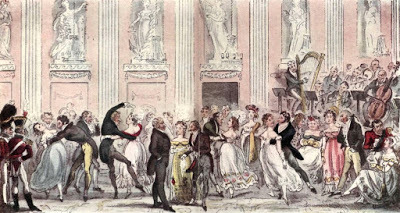 The Cyprian's Ball by R Cruikshank in The English Spy by B Blackmantle (1825)The Argyll Rooms1 were a fashionable venue for concerts, masquerades and other entertainments, from 1806 when they were set up by Colonel Greville, until the second building burnt down in 1830.
The Cyprian's Ball by R Cruikshank in The English Spy by B Blackmantle (1825)The Argyll Rooms1 were a fashionable venue for concerts, masquerades and other entertainments, from 1806 when they were set up by Colonel Greville, until the second building burnt down in 1830. The Fashionable Institution
The Argyll Rooms were originally part of the house of John Campbell, 2nd Duke of Argyll. Some of the Duke’s house was demolished to make way for Little Argyll Street and the north wing was later boug...
Published on September 14, 2017 07:31
August 31, 2017
The Royal Mews at Buckingham Palace
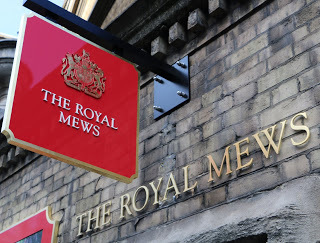
What is the Royal Mews?
The Royal Mews is a department of the Queen’s household and is responsible for all travel by road undertaken by the Queen and her family. It houses the Queen’s carriages and carriage horses as well as a fleet of cars.
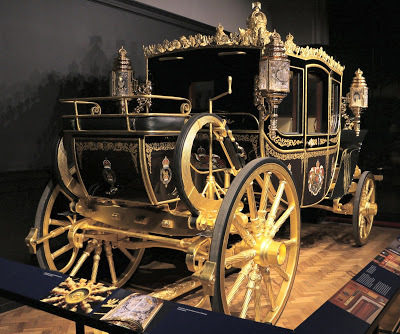 Diamond Jubilee State Coach at Royal Mews, Buckingham PalaceThe history of the Royal Mews
Diamond Jubilee State Coach at Royal Mews, Buckingham PalaceThe history of the Royal MewsThe King’s Mews goes back to the 14th century when Richard II was on the throne, and was originally at Charing Cross, where the National Gallery is now. It was the plac...
Published on August 31, 2017 11:15
August 17, 2017
St Paul’s Cathedral in Regency London
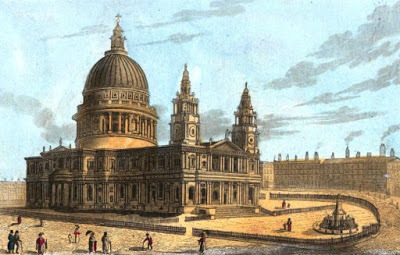 St Paul's Cathedral from The Monuments and Genii
St Paul's Cathedral from The Monuments and Geniiof St Paul's Cathedral and of Westminster Abbey by GL Smyth (1826)Profile
St Paul’s Cathedral has been one of London’s iconic landmarks since Georgian times. Designed by Sir Christopher Wren, it served both as a place of worship and a tourist attraction in Regency London, as it continues to do today.
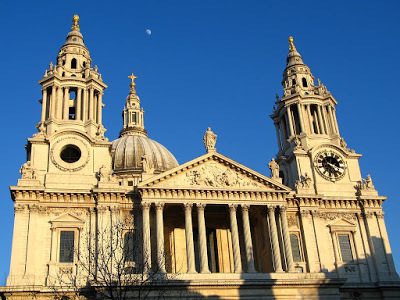 St Paul's Cathedral (Feb 2008) © Andrew KnowlesHistory
St Paul's Cathedral (Feb 2008) © Andrew KnowlesHistoryIn 1666, the Great Fire of London destroyed the old medieval cathedral on the site of St...
Published on August 17, 2017 02:35
August 9, 2017
Enlightened Princesses exhibition at Kensington Palace

Enlightened Princesses: Caroline, Augusta, Charlotte and the Shaping of the Modern World is an exhibition at Kensington Palace, London, which runs from 22 June until 12 November 2017.
Who were these enlightened princesses?
The enlightened princesses were three German princesses who married into the Georgian royal family:
Caroline of Ansbach (1683-1737) – wife of George II
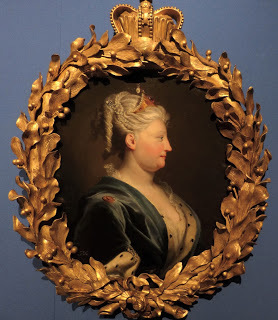 Queen Caroline by J Highmore (c1735)
Queen Caroline by J Highmore (c1735)Royal Collection
Photo from The First Georgians exhibitionAugusta of Saxe-Gotha (1719-177...
Published on August 09, 2017 00:59
July 19, 2017
A tribute to Jane Austen who died on 18 July 1817
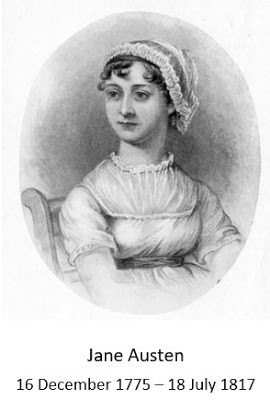
What better way to commemorate the 200th anniversary of Jane Austen’s death than to give a talk about her, dressed in Regency costume? My audience was the Friends of Sturminster Newton Library. The venue was the Stur of the Moment tearooms in Sturminster Newton, Dorset. The programme consisted of excerpts from three of Jane Austen’s novels, together with my talk and book signing, and a Regency tea.
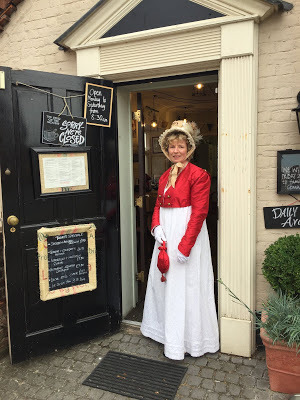 Rachel outside the Stur of the Moment tearooms
Rachel outside the Stur of the Moment tearoomsin Sturminster Newton, Dorset Sense and Sensi...
Published on July 19, 2017 09:49
July 6, 2017
The Magdalen House in Regency London
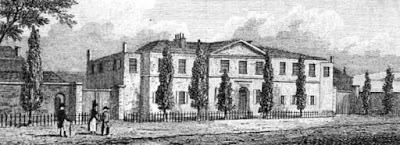 The Magdalen Hospital from The Picture of London for 1829 What was the Magdalen House?
The Magdalen Hospital from The Picture of London for 1829 What was the Magdalen House?The Magdalen House or Magdalen Hospital1 was set up by Robert Dingley in 1758 as a home ‘for the reception of Penitent Prostitutes’2 and to provide an asylum for young women who had been seduced and might otherwise be forced into prostitution.
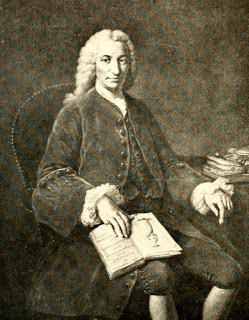 Robert Dingley from The Magdalen
Robert Dingley from The MagdalenHospital by HFB Compston (1917)Where was the Magdalen House?
The Magdalen House originally operated on the site of the old London H...
Published on July 06, 2017 02:46
June 19, 2017
The Unfortunate Captain Peirce by Philip Browne - a review
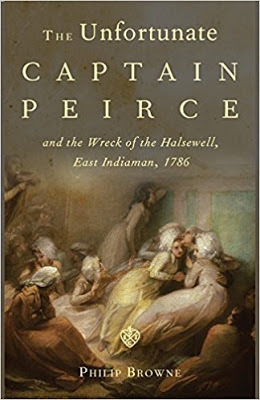
Tales of shipwreck and lives lost at sea were commonplace in Georgian England. For a maritime tragedy to grab the headlines and become talked about across the nation, it needed to pack a serious emotional punch.
The wreck of the Halsewell, an East Indiaman, off Dorset in early January 1786, had all the right ingredients. It was the captain’s final voyage, his daughters were just two of a bevy of young female passengers, even after reaching shore the survivors were in mortal danger, and there w...
Published on June 19, 2017 01:51



